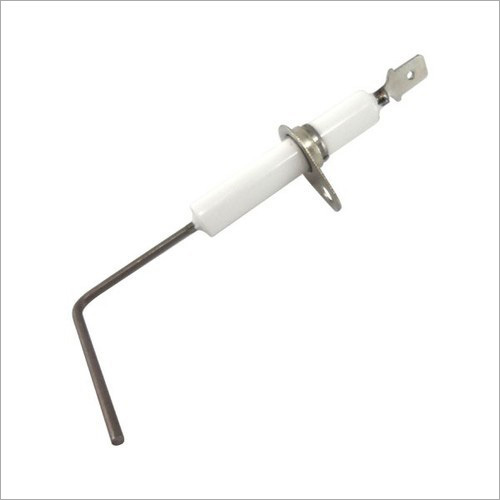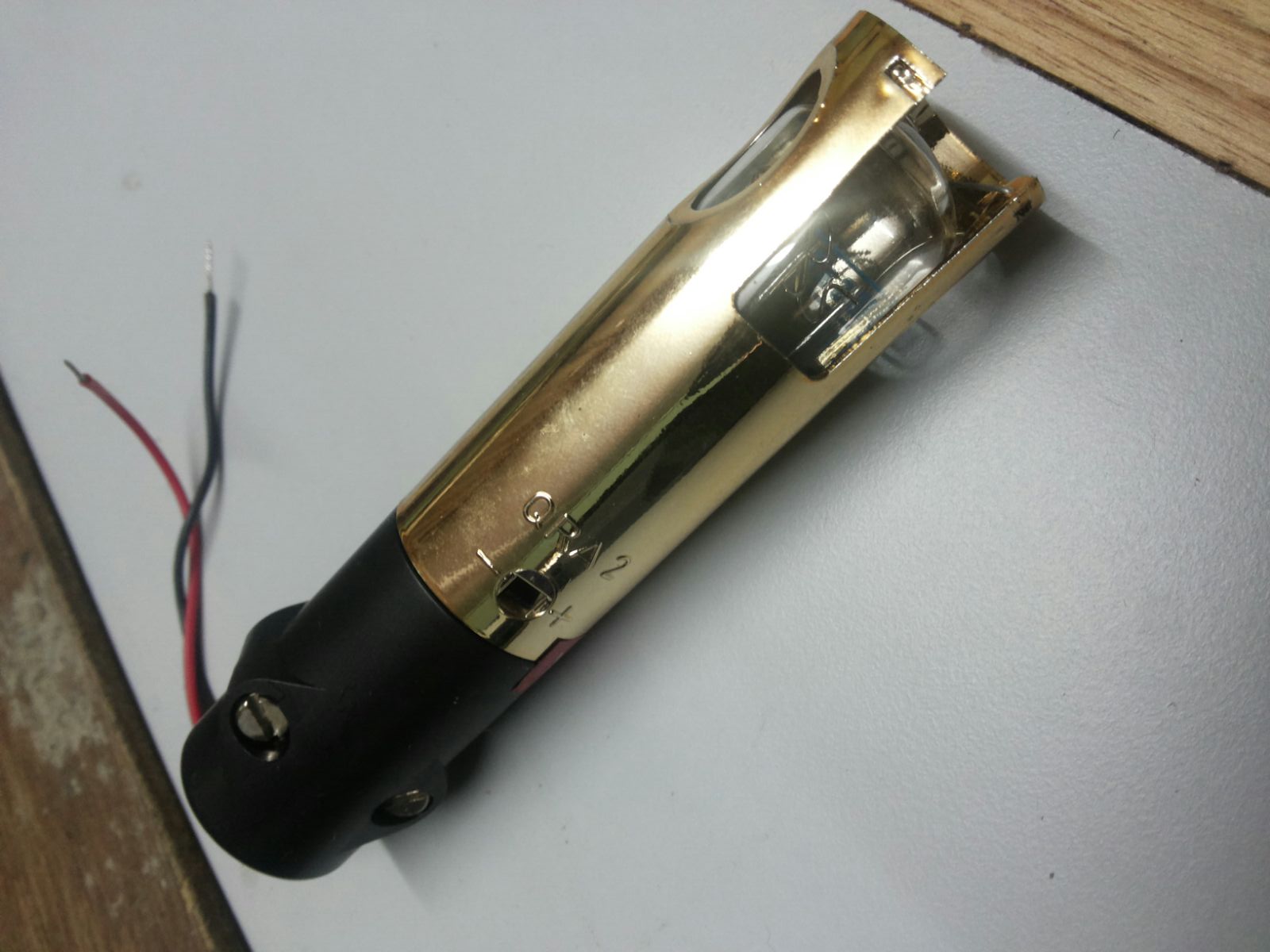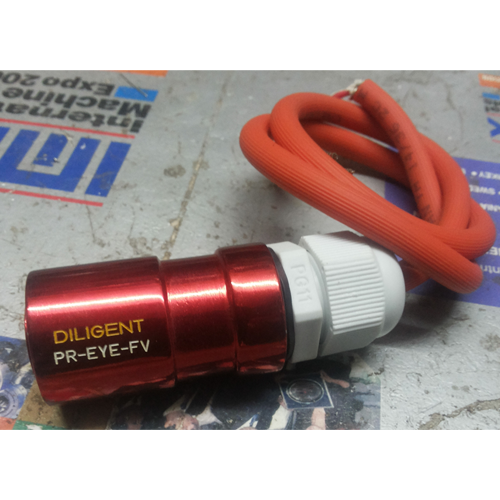- Home Page
- Company Profile
- Our Products
- Contact Us
Flame Electrode Sensor
945 INR/Piece
Product Details:
- Material Plastic And Steel
- Usage Gas oven, Gas stove, Gas heater
- Voltage 220 Volt (v)
- Warranty Yes
- Click to View more
X
Flame Electrode Sensor Price And Quantity
- 1 Piece
- 945 INR/Piece
Flame Electrode Sensor Product Specifications
- Plastic And Steel
- 220 Volt (v)
- Yes
- Gas oven, Gas stove, Gas heater
Flame Electrode Sensor Trade Information
- 7 Days
Product Description
Flame Electrode Sensor is a compact and sturdy industrial device that is commonly used within gas-based burners for the accurate measuring of the concentration of combustible gases. It is provided two electrodes made up of sturdy and conductive materials. This industrial-grade sensor functions by measuring current intensity between electrodes which in turn gives the concentration of hydrocarbon present within the fuels. The sturdy fire-resistant body of this component makes it capable to resist extreme operation conditions. Customers can get this product in large quantities with an assurance of fast and safe delivery.
Flame Electrode Sensor Specifications:
1. Type: Flame Sensor
2. Voltage: 220 V
3. Frequency: 50 - 60 Hz
4. Material: 95% Alumina with glazed, Alloy steel
5. Thickness: 1.2 mm/2 mm
6. Ambient Temperature: - 20 to 70 degree centigrade (Approximate)
Advantages of Flame Electrode Sensor:
1. High Sensitivity: Flame electrode sensors are highly sensitive and can detect a wide range of organic compounds, even at very low concentrations. This makes them suitable for applications where trace-level detection is required, such as environmental monitoring and analyzing volatile organic compounds (VOCs).
2. Wide Dynamic Range: FID sensors have a wide dynamic range, which means they can accurately measure concentrations spanning several orders of magnitude. This versatility makes them useful for analyzing samples with varying levels of analyte concentration.
3. Selective for Organic Compounds: FID sensors are selective for organic compounds that can be burned in a flame to produce ions. This selectivity is advantageous when analyzing complex gas mixtures since it helps eliminate interference from inorganic compounds.
4. Fast Response Time: Flame electrode sensors provide rapid response times, typically within a few seconds. This quick response is particularly beneficial for applications that require real-time monitoring or analysis.
5. Stability and Longevity: FID sensors are relatively stable and robust over time, especially when compared to some other types of gas detectors. With proper maintenance and calibration, they can provide consistent and reliable measurements for extended periods.
6. Linear Detector Response: The response of FID sensors is linear with respect to the concentration of analytes over a wide range. This linear response simplifies calibration and data analysis, making it easier to quantify the concentration of target compounds accurately.
7. Minimal Sample Preparation: FID sensors typically require minimal sample preparation. This can save time and resources compared to more complex sample preparation techniques required for other analytical methods.
8. No Need for Carrier Gas: Unlike some other gas chromatography detectors that require a carrier gas, FID sensors use the sample itself as the fuel for the flame. This reduces the complexity of the analytical setup and lowers operational costs.
9. Non-Destructive Detection: FID sensors are non-destructive, meaning that the sample is not consumed during analysis. This allows for the collection of additional data or reanalysis if necessary.
10. Versatile Applications: Flame electrode sensors have a broad range of applications, including environmental monitoring, industrial process control, research in chemistry and environmental science, and quality control in various industries.
FAQ:
1. What is a Flame Electrode Sensor?
Ans: A Flame Electrode Sensor, also known as a Flame Ionization Detector (FID), is an analytical instrument used to detect and quantify organic compounds in gas samples. It operates based on the principle of combustion of organic molecules in a hydrogen- or hydrogen/air flame, producing ions that are collected and measured to determine the concentration of the target compounds.
2. How does a Flame Electrode Sensor work?
Ans: A Flame Electrode Sensor works by introducing a sample gas into a hydrogen or hydrogen/air flame. Organic compounds in the sample are burned, producing ions. These ions are then collected on an electrode, generating a current that is proportional to the concentration of the organic compounds in the sample.
3. What types of compounds can be detected by Flame Electrode Sensors?
Ans: Flame Electrode Sensors are highly selective for organic compounds that can be burned in a flame to produce ions. This includes a wide range of hydrocarbons and volatile organic compounds (VOCs), making FID well-suited for applications like environmental monitoring, petrochemical analysis, and more.
4. What are the advantages of using Flame Electrode Sensors?
Ans: Some advantages include high sensitivity, wide dynamic range, selectivity for organic compounds, fast response time, stability, linear detector response, minimal sample preparation, and versatility in applications.
5. What are the limitations of Flame Electrode Sensors?
Ans: FID is specific to organic compounds and cannot detect inorganic gases. It requires a continuous sample flow, which might not be suitable for all scenarios. It's sensitive to variations in flame conditions and can be affected by changes in flow rates or impurities in the carrier gas.
6. Are Flame Electrode Sensors suitable for trace-level detection?
Ans: Yes, Flame Electrode Sensors are known for their high sensitivity and are commonly used for trace-level detection of organic compounds, making them valuable in environmental monitoring and other fields where detecting low concentrations is essential.
7. How fast is the response time of Flame Electrode Sensors?
Ans: Flame Electrode Sensors have rapid response times, typically within a few seconds. This quick response is advantageous for real-time monitoring and quick analysis.
8. Do Flame Electrode Sensors require calibration?
Ans: Yes, like any analytical instrument, Flame Electrode Sensors require regular calibration to ensure accurate measurements. Calibration involves using known standards to establish a relationship between the sensor's output and the actual concentration of the target compounds.
9. Can Flame Electrode Sensors analyze complex gas mixtures?
Ans: Yes, Flame Electrode Sensors are selective for organic compounds and can effectively analyze complex gas mixtures by focusing on the combustion of these compounds, reducing interference from inorganic substances.
10. What are common applications of Flame Electrode Sensors?
Ans: Common applications include environmental monitoring, air quality analysis, petrochemical industry quality control, analyzing emissions from industrial processes, research in chemistry and environmental science, and more.
Advanced Flame Detection Technology
The sensor utilizes modern flame detection technology to provide accurate and fast response times, enhancing safety and energy efficiency in gas-operated devices. Its robust design ensures resilience in both residential and commercial environments.
Warranty for Peace of Mind
Each Flame Electrode Sensor is backed by a warranty, assuring users of high quality and reliable functionality. This offers added confidence to customers during installation and continued use.
FAQ's of Flame Electrode Sensor:
Q: How is the Flame Electrode Sensor installed in gas appliances?
A: The sensor is typically mounted near the burner in gas ovens, stoves, or heaters. It requires electrical wiring to a 220V power source and positioning to accurately detect the presence of flame when the appliance is in operation.Q: What materials are used to construct this flame electrode sensor?
A: This flame electrode sensor is constructed using high-quality plastic and steel, ensuring durability and optimal performance in varying temperature conditions commonly found in gas appliances.Q: When should the Flame Electrode Sensor be replaced or serviced?
A: It is advisable to test and inspect the sensor periodically. Replacement is recommended if the sensor fails to detect flame reliably, shows signs of corrosion, or after extended use as per manufacturer maintenance guidelines.Q: Where can I purchase a Flame Electrode Sensor in India?
A: Flame Electrode Sensors are available through manufacturers, suppliers, and traders across India. You can find them at authorized appliance distributors or contact suppliers directly for bulk or retail orders.Q: What is the process for claiming the warranty on this product?
A: To claim the warranty, contact the supplier or manufacturer with details of the purchase and description of the issue. Documentation such as the purchase invoice and warranty card may be required for processing the claim.Q: How does using a Flame Electrode Sensor benefit my gas appliances?
A: By accurately detecting the presence or absence of flame, this sensor enhances safety, prevents gas leaks, and ensures efficient operation, reducing risks in both household and commercial settings.Tell us about your requirement

Price:
Quantity
Select Unit
- 50
- 100
- 200
- 250
- 500
- 1000+
Additional detail
Mobile number
Email








 English
English Spanish
Spanish French
French German
German Italian
Italian Chinese (Simplified)
Chinese (Simplified) Japanese
Japanese Korean
Korean Arabic
Arabic Portuguese
Portuguese